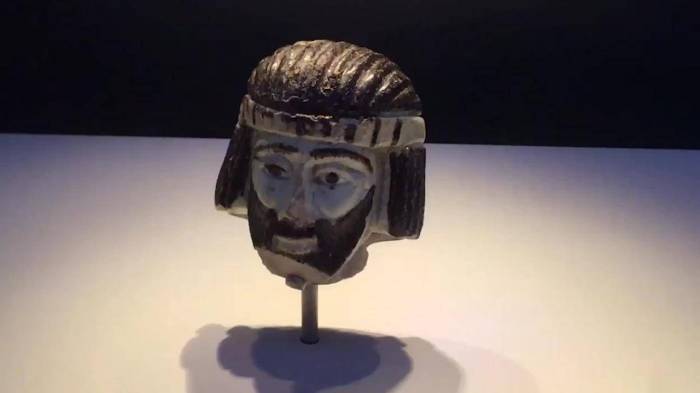The 5cm figurine was discovered in 2017 in a site called Abel Beth Maacah, which sits just south of Israel's border with Lebanon.
Apart from a missing beard and chipped nose, the Old Testament-era sculpture is in excellent condition. However, archaeologists are unsure about who it is supposed to represent.
Due to the crown researchers assume the man is some member of royalty, but are unsure who he is or even what kingdom he would have ruled over.
"This location is very important because it suggests that the site may have shifted hands between these polities, more likely between Aram-Damascus and Israel," Hebrew University archaeologist Naama Yahalom-Mack told The Guardian, adding that the sculpture has a "very interesting hairdo", which is similar to the way ancient Egyptians depicted Near Eastern peoples in their art.
After being found by a volunteer digging at the site, curators at the Israel Museum made the uncommon move to put the piece on display almost immediately.
Eran Arie, the museum’s curator of iron age and Persian archaeology, said of the discovery: “In the iron age, if there’s any figurative art, and there largely isn’t, it’s of very low quality. And this is of exquisite quality.”
Ms Yahalom-Mack made some educated guesses as to who the man is, suggesting it could be either Ahab or Jehu of Israel, Ithobaal or Hazael of Damascus, or even Ben Hadad.
However she was quick to point out that "we're only guessing here".
As the sculpture is only a head, archaeologists now plan to continue digging in the site to see if it was part of a larger piece.
The archaeology community made another incredible discovery this week when researchers in China found the oldest footprints on Earth in the Yangtze Gorges which they believe are 550 million years old.
The Independent
More about: Archaeologists
















































